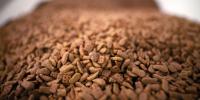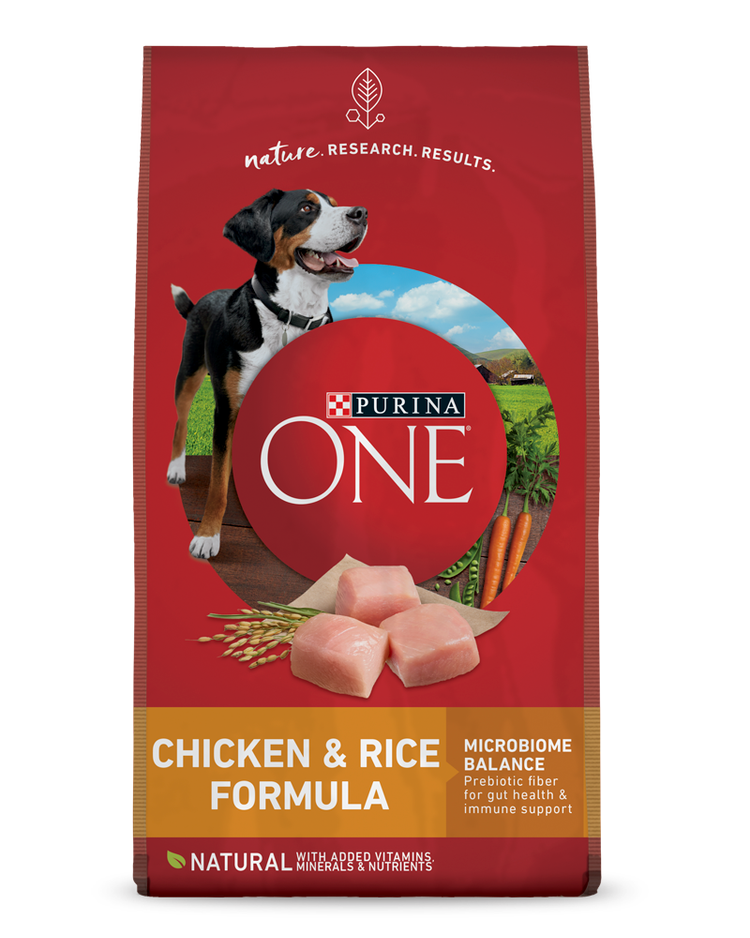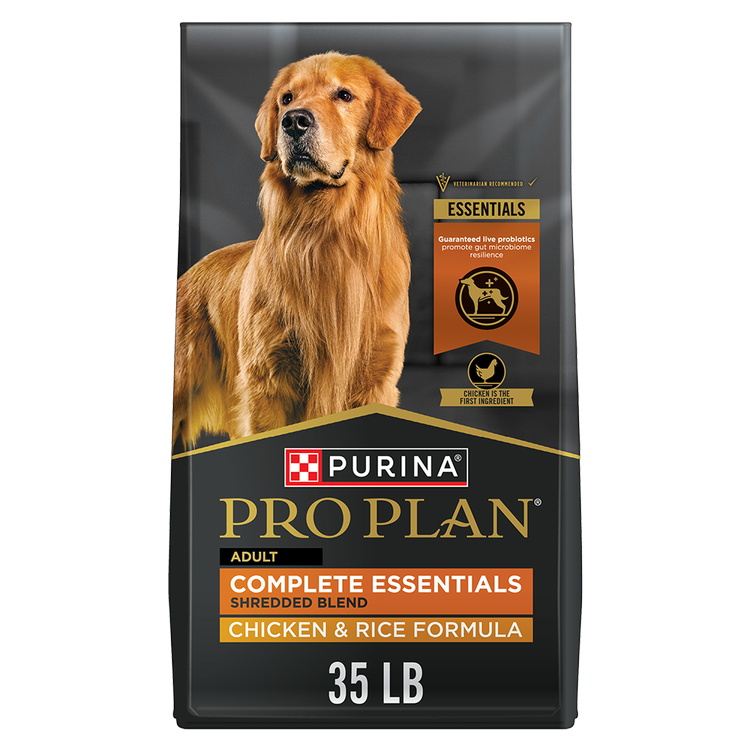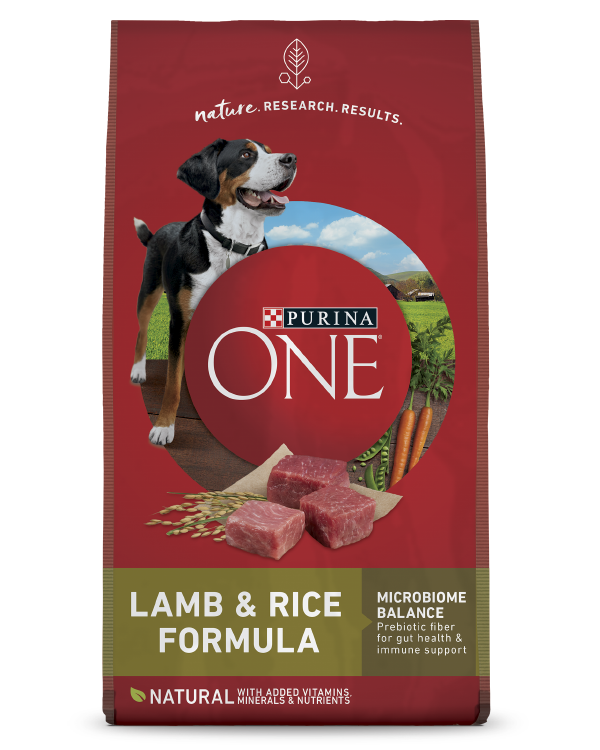What Are Animal By-Products in Dog Food?


Animal by-products in dog food and cat food aren’t fillers like most people think. Many believe by-products are low-quality or even inedible parts of an animal, such as hooves, hair or feathers.
When it comes to wet food, by-products are basically organ meats – the liver, kidneys, lungs and spleen. Rather than being bad, it’s actually the first choice of animals when they eat. They’re nutritious and palatable.
In dry food, by-product meal is a common ingredient. By-product meal can include organ meats and other edible parts of an animal, such as tissues and bones.
These are rendered cooked to eliminate bacteria, evaporate water and separate protein from fat. “Meals” are ground down to create a uniform size and shape.
Animal by-products are the co-products of food ingredients, including parts of an animal not usually used in the U.S. human food chain, such as the heart or liver, but which can provide important nutritional benefits.
Are Animal By-Products Safe?
Yes, animal by-products are safe. According to the Pet Nutrition Alliance, “by-products are used in pet foods because they are excellent sources of protein and other nutrients.”
Working with meat and poultry plants (or renderers who get their co-products from these facilities) who are inspected by the United States Department of Agriculture (USDA) helps to ensure the quality of the animal by-products that go into pet food.
Are By-Products Fillers?
No, they are not fillers. The definition and purpose of “fillers” varies and the Association of American Feed Control Officials (AAFCO) does not offer an official definition.
Many people believe “fillers” are ingredients like corn and soy and have no nutritional value (we explain the purpose of these ingredients here). They may also believe “meals” are fillers.
In reality, animal by-products and by-product meals are exceptionally nutritious and are necessary to provide pets with essential nutrients. They offer an array of benefits when used in pet food.
What Purpose Do Animal By-Products Serve in Dog Food?
Organ meats like the liver, spleen and heart are a greater source of essential nutrients like vitamins, minerals and protein, than regular muscle meat.
Regular muscle meat often lacks nutrients dogs and cats need, like calcium and vitamin A. These are found in greater abundance in by-products such as bones and liver.
For example, poultry by-products are a rich source of protein and healthy fats, in addition to essential vitamins and minerals. Plus, poultry by-product meal can contain between 60 and 70 percent protein.
Dogs and cats have been eating animal by-products for thousands of years. In the wild, they choose to eat these organs first, both for their taste and nutritional value, as Dr. Becker explained earlier.
How Do They Affect the Environment?
Not only are animal by-products a nutrient-dense ingredient in your dog’s food, but using them can also benefit the environment.
The use of these co-products is an environmentally and socially responsible practice because it uses all the protein sources of a farm animal without competing with the human food chain.
Rather than contributing to waste and greenhouse gases by casting aside organ meats and other edible parts of cows, chickens and more, they play an important role as part of a healthy dog food.
Why Are Some Dog Foods Made Without Animal By-Products?
You may be wondering, “If animal by-products are good for my dog, why do so many dog food manufacturers make food without them?” Unfortunately, this isn’t an easy question to answer.
Some brands may market their dog food without animal by-products because they don’t contain what consumers think of as by-products (feathers, hair, hooves, etc.). Others may formulate their dog food without these nutrient-dense co-products.
If you decide to choose a cat or dog food containing animal by-products, ensure it follows AAFCO and USDA guidelines. All of Purina’s dog food products meet or exceed these guidelines.
We never utilize diseased or disabled animals and we only source high quality by-products for our pet foods.
If you’d prefer to steer clear of by-products altogether, ensure the pet food you select still meets AAFCO’s standards for complete and balanced nutrition.
Explore all our dog food products and get answers to all your dog nutrition questions here.
Related articles

Find Your Pet’s Perfect Food
Get your personalized recommendation with our Pet Food Finder tool.






